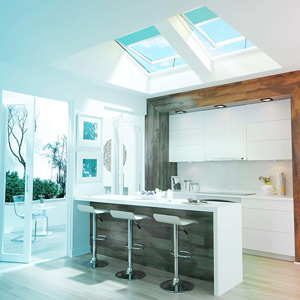Different types of products allow different air infiltration rates. For example, fixed products – those that do not open (such as a picture window) – are the most airtight. Those that do open, like casements (commonly referred to as crank-out windows) or double- or single-hung windows that open vertically have the most potential for air infiltration. This is due to design tradeoffs that allow the units to open and close using reasonable effort to move them.
If your windows open, be sure to keep them closed and locked when not being used for ventilation. This will help reduce air infiltration to keep your home warmer in the winter and cooler in the summer.




